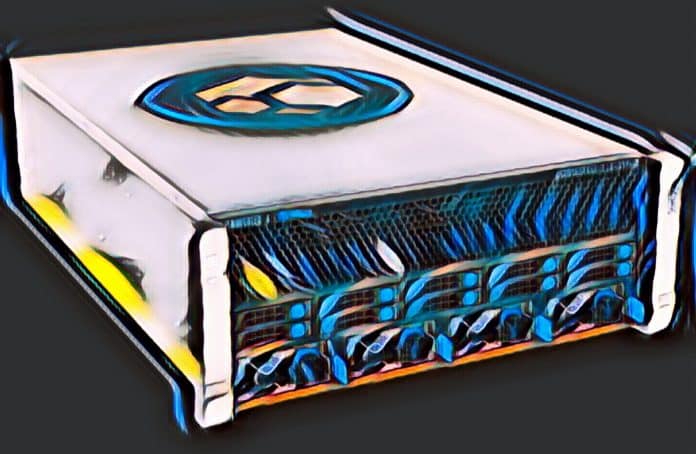The rise of cryptocurrencies and blockchain technology has introduced a unique mechanism of ensuring security and trust in digital, decentralized systems. One critical facet of this mechanism is cryptocurrency mining. This article explores how mining contributes to the security and integrity of a blockchain.
Understanding Cryptocurrency Mining
Before delving into its security implications, it’s essential to understand the basics of cryptocurrency mining. In the simplest terms, it refers to the process of verifying and adding transactions to a blockchain. This process is primarily associated with proof-of-work (PoW) blockchains, like Bitcoin, where miners compete to solve complex mathematical problems. The first miner to solve the problem gets to add a new block to the blockchain and is rewarded with cryptocurrency.
The Role of Mining in Transaction Verification
A core function of mining is to confirm the validity of transactions in the blockchain. When a transaction is initiated, it’s grouped with others into a block. Miners then review these transactions, checking whether the sender has enough balance for the transaction. If the checks pass, miners compete to solve a complex mathematical puzzle. The winner adds the block to the chain, officially validating the transactions. This process prevents double-spending, a fraudulent technique of spending the same amount twice.
Blockchain Security through PoW
Proof-of-work, the consensus mechanism in blockchains like Bitcoin, is a key factor in maintaining security. It requires miners to show proof of their computational work to add a block to the blockchain. The computational effort involved discourages potential attackers, as it would require enormous resources to take control of the blockchain. This system promotes decentralization and consensus, reducing the risk of malicious attacks.
Blockchain Integrity and Immutability
Cryptocurrency mining contributes significantly to blockchain’s feature of immutability, which means that once data is added to the blockchain, it can’t be altered or deleted. This is ensured by the cryptographic hashes used in mining. Each block contains the hash of the previous block, creating a linked chain. If an attacker tries to alter a transaction, the block’s hash changes, breaking the link and alerting the network. The attacker would need to re-mine that block and all subsequent blocks, which is practically unfeasible, ensuring the integrity of the blockchain.
Mining Difficulty and Network Security
The difficulty of the mathematical puzzle in mining adjusts dynamically based on the total computational power of the network. This means the more miners (or computational power) there are, the harder it is to solve the puzzle. This adjustment prevents any single miner or group of miners from controlling the network, strengthening the security of the blockchain.
51% Attack: The Threat to Blockchain Security
Despite the security measures in place, blockchains are not entirely immune to attacks. A 51% attack, where a miner or mining pool controls more than half of the network’s computational power, can disrupt the blockchain’s operations. The attacker could double-spend coins, prevent transactions, or halt the mining of new blocks. However, pulling off a 51% attack is enormously expensive and likely to destroy the value of the cryptocurrency, making it unprofitable and highly unlikely.
Future of Mining and Blockchain Security
With concerns about the energy consumption of PoW mining and advancements in technology, alternative consensus mechanisms like proof-of-stake (PoS) are gaining popularity. PoS also offers security advantages, relying on economic commitment rather than computational resources. However, mining will continue to play a critical role in many existing blockchains, and understanding its function and security implications remains crucial.
Cryptocurrency mining is instrumental in maintaining the security and integrity of a blockchain. It ensures transaction verification, protects against



